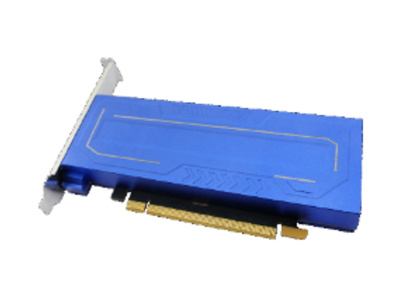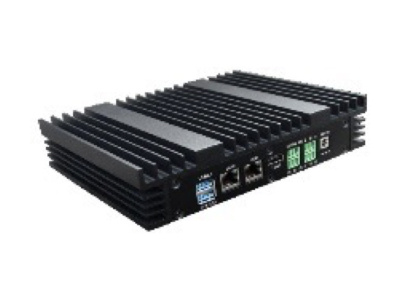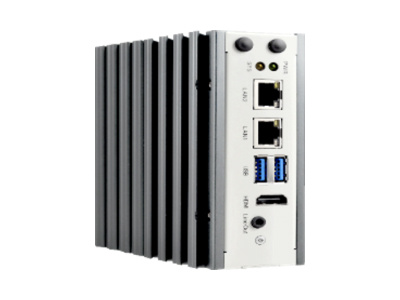Introduction
- Objective
This task is designed to challenge developers to utilize the processing capabilities of the Milk-V Duo 256MB version to develop a real-time video stream human figure detection system. This system will be capable of identifying and tracking human figures in a video, suitable for scenarios such as security monitoring, crowd statistics, and interactive art installations.
- Detailed Task Description
1. Human Figure Detection Algorithm Development
a. Developers need to research and implement a human figure detection algorithm suitable for the hardware characteristics of the Milk-V Duo.
b. The algorithm should accurately identify and track human figures in a real-time video stream.
c. Support human figure detection in at least two different scenarios (indoor and outdoor).
2. Video Stream Processing
a. Implement real-time capture, processing, and display functions for video streams.
b. Ensure minimal latency during video stream processing to maintain a smooth user experience.
- Performance Requirements
- The human figure detection algorithm should achieve real-time processing standards on the Milk-V Duo 256MB version, i.e., processing time per frame should not exceed 30 milliseconds.
- The system should optimize the use of memory and processor resources without sacrificing detection accuracy.
- Technical Specifications
- Video Resolution: Developers need to consider the video input resolution supported by the Milk-V Duo.
- Memory Usage: Optimize memory allocation while ensuring algorithm efficiency, to not exceed the 256MB memory limit.
- Acceptance Criteria
- The developed human figure detection algorithm should run stably on the Milk-V Duo, accurately identifying and tracking human figures in the video.
- The video stream processing function should realize smooth video capture and display, with no significant delay.
- Functional Testing: The system should pass at least 10 hours of video stream testing, ensuring stable operation in different scenarios without significant bugs.
- Performance Testing: After running continuously for 1 hour, the system should maintain stable detection accuracy, with CPU usage not exceeding 70%, and memory usage not exceeding 200MB.
- The submitted system should include complete source code, algorithm implementation, and necessary documentation for subsequent maintenance and optimization.


















































